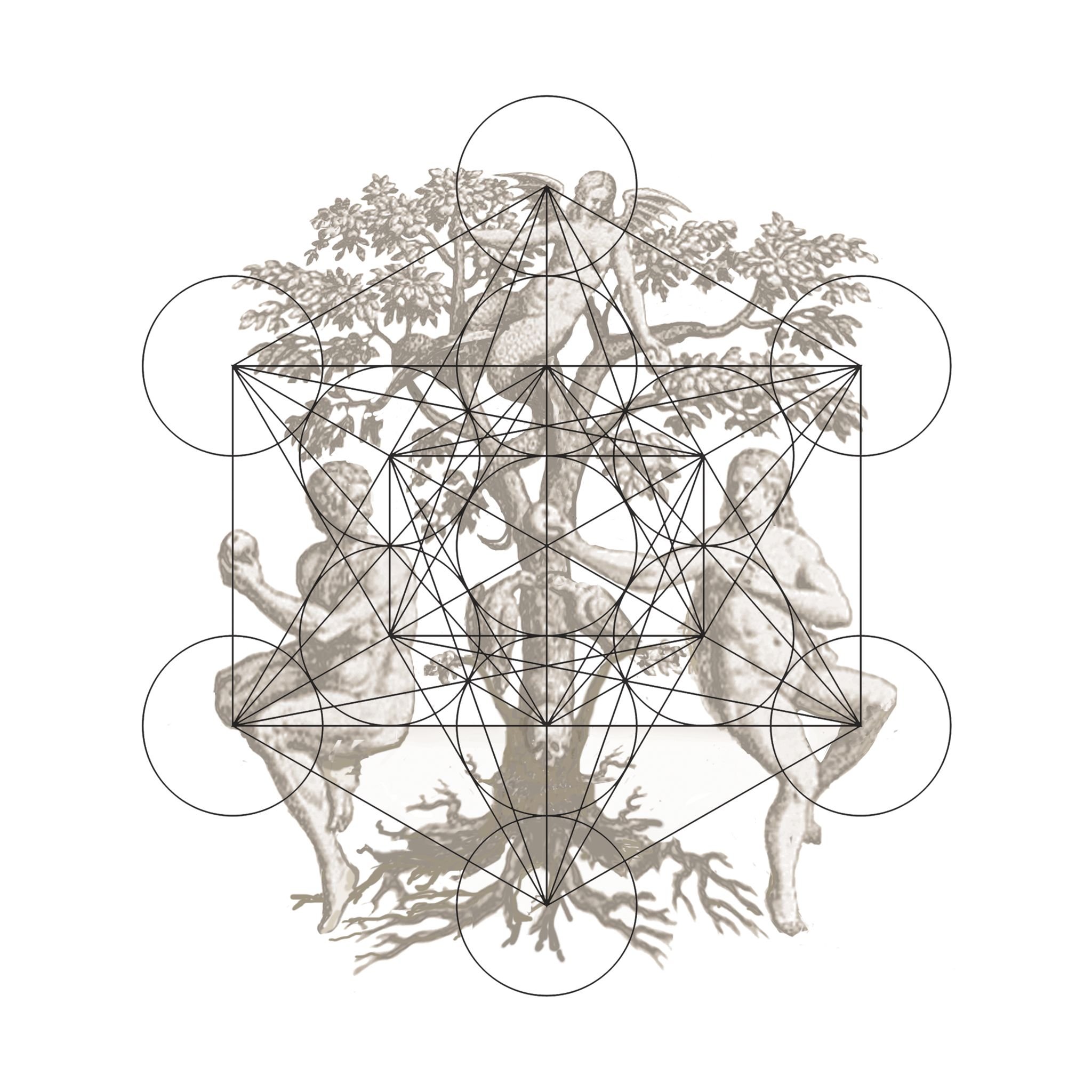Youki Hirakawa's 'A River Under Water' Opens at Anima Mundi
Youki Hirakawa's 'A River Under Water' opened on Saturday, 8th September at Anima-Mundi. Word has been travelling since with the exhibition receiving large audiences and great acclaim.
‘A River Under Water’ is Youki Hirakawa's second solo exhibition at Anima-Mundi. This ambitious presentation includes four complex filmic installations shown over two floors of the gallery.
This time around, subtle focus is placed upon the classical element of ‘water’ following his inaugural exhibition 'Secret Fire’ in 2016. The classical elements of earth, air, fire, water and aether were proposed to explain the nature and complexity of all matter, seen by early alchemists as idealised expressions of the irreducible components of the universe and of even larger consideration within philosophical alchemy.
Hirakawa was born in 1983 in a small village in a house by the sea on the Nagoya Peninsula, Japan. As a child, he and his family moved to a newly built city in a mountainous area nearby, with access to untouched areas of outstanding natural beauty just a short walk from the family home - “with mountains, forest, ponds and a river known as the "River of God”. So began a life long obsession with the river and the ephemeral flux of water as alluding to both linear and oblique narratives of time passing.
When Hirakawa began working as an artist, he continued to visited the river of his childhood adventures, for research and creative development. During one particular visit, he unexpectedly happened upon some fragments of pottery whilst walking along the river bank. According to an archeologist from the city museum, these fragments were 2,000 years old. Since then, Hirakawa has collected more than 500 such fragments. Alongside this evidence of ancient civilisations, Hirakawa was also struck by the old age of the forest surrounding the river, estimated to also be around 2,000 years old. It soon became clear that the movement, flow and flooding of the river had directly affected the shape of the flora and fauna and the human inhabitants who had once lived along it’s shores. It was striking to Hirakawa that as well as providing life, over time the ancient community had lost everything to its watery depths as the ancient river had shifted form and burst its banks.
We urge you to visit the exhibition in the flesh but you can see further information here by clicking here




